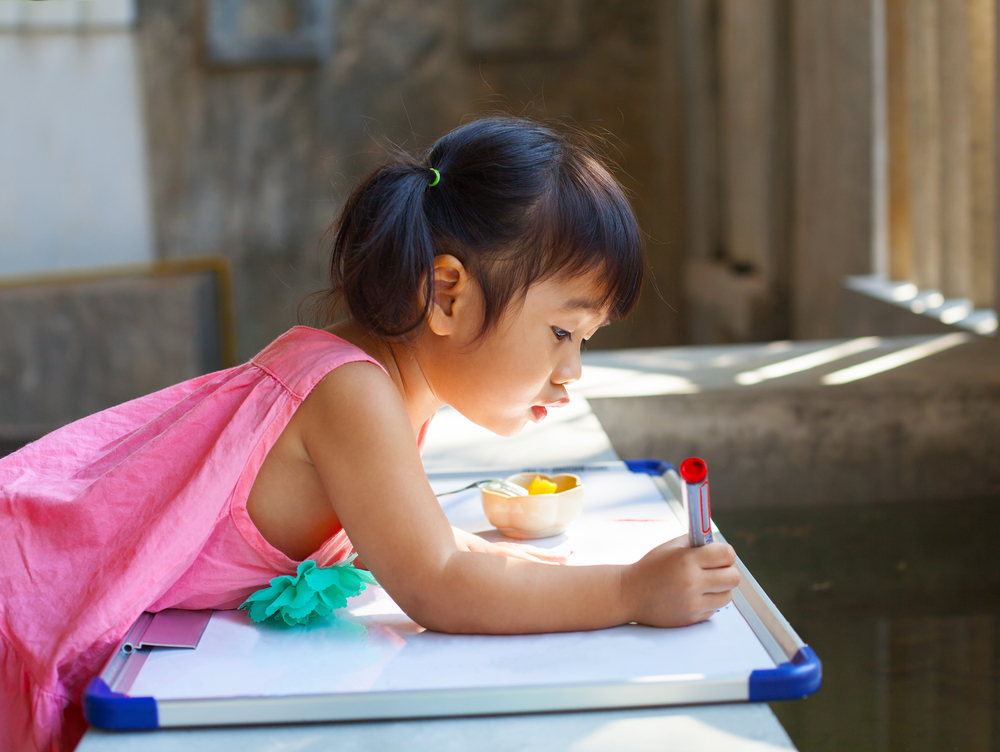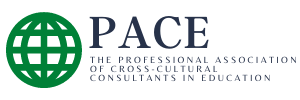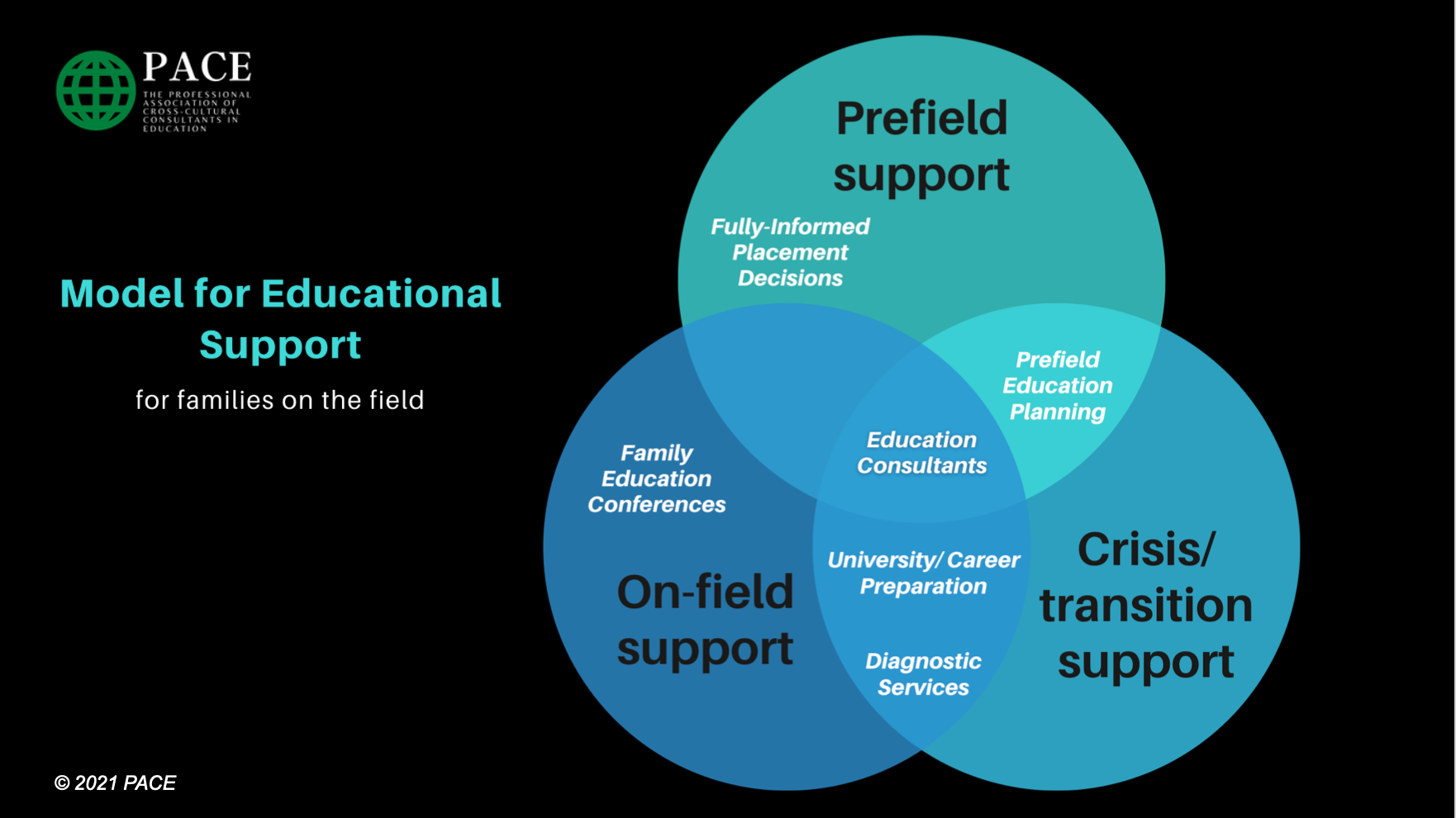In March, many education consultants gathered in person at the MK Education Summit near Atlanta…

How We Learn: Stages of Learning
Our guest blogger this week is Sandy E. Sandy travels as an Educational Consultant to Americans working for NGOs in Africa. Sandy previously taught special education in the US and has provided educational support to families since 2003. Based in West Africa, she advises families with children in all school settings and has extensive experience in the areas of assessment, behavior, and providing an appropriate education for students with learning differences. When not consulting, Sandy enjoys sports, hiking, and reading.
Achievement is greatest when there is a good match between the instructional strategies and the student’s current stage of learning for that particular content. The four basic stages of learning are Acquisition, Proficiency, Maintenance, and Generalization.
All people learn in the same order, but not all learn at the same rate (speed). An individual’s rate of learning is influenced by how quickly their brain processes information. One’s cognitive fluency is a fairly stable trait and has significant implications for how one learns. For the child who processes information slower than his/her age peers, it will take them longer to learn, retain, and retrieve new information, to include reaching automaticity with basic facts and making connections in higher order thinking activities.
1. Initial Acquisition – The goal of instruction is accuracy of response
- The student is beginning to learn a new skill or concept.
- The entire skill may need to be learned and mastered.
- The student may be able to perform part of the skill but not the entire task.
- Requires lots of opportunity to practice (correctly)
- Consider hands-on, manipulative, multi-sensory activities, and multiple representations.
- Build in discrimination (students should be able to tell what it is, what it isn’t).
2. Advanced Acquisition – The goal of instruction is mastery of response
- The student has learned most of the skill, but has not mastered it.
- A criterion of mastery is not consistently met due to either inefficient learning or careless errors.
3. Proficiency – The goal of instruction is faster rates of accurate responses
- Instructional activities should help students retain high levels of accuracy while increasing their speed.
- “Automaticity”
4. Maintenance – The goal of instruction is retention of the knowledge, skill, or behavior
- The student retains mastery levels of performance attained when direct instruction was in effect.
- Student will need continued practice and direct, though infrequent intervention, particularly if they had difficulty mastering the skill in the first place.
- Both accuracy and proficiency remain at high levels.
5. Generalization – The goal of instruction is implementation of the skill or behavior across settings, individuals, and/or time
- Automatically transferring learning to new settings or situations.
- Generalization in and of itself needs to be a target for instruction.
- Implement the activities used in initial instruction to the generalization settings.
6. Problem-Solving (Adaptation) – The goal of instruction is application of knowledge, skills, or behavior to novel situations
- Students need pre-requisite or component skills to recognize and solve complex problems.
- Students need continued practice in generating and testing solutions to solve problems.
Next week, we’ll bring you Sandy’s article “Identifying Breakdowns in Learning.”
© 2012-2023 PACE
All rights reserved


